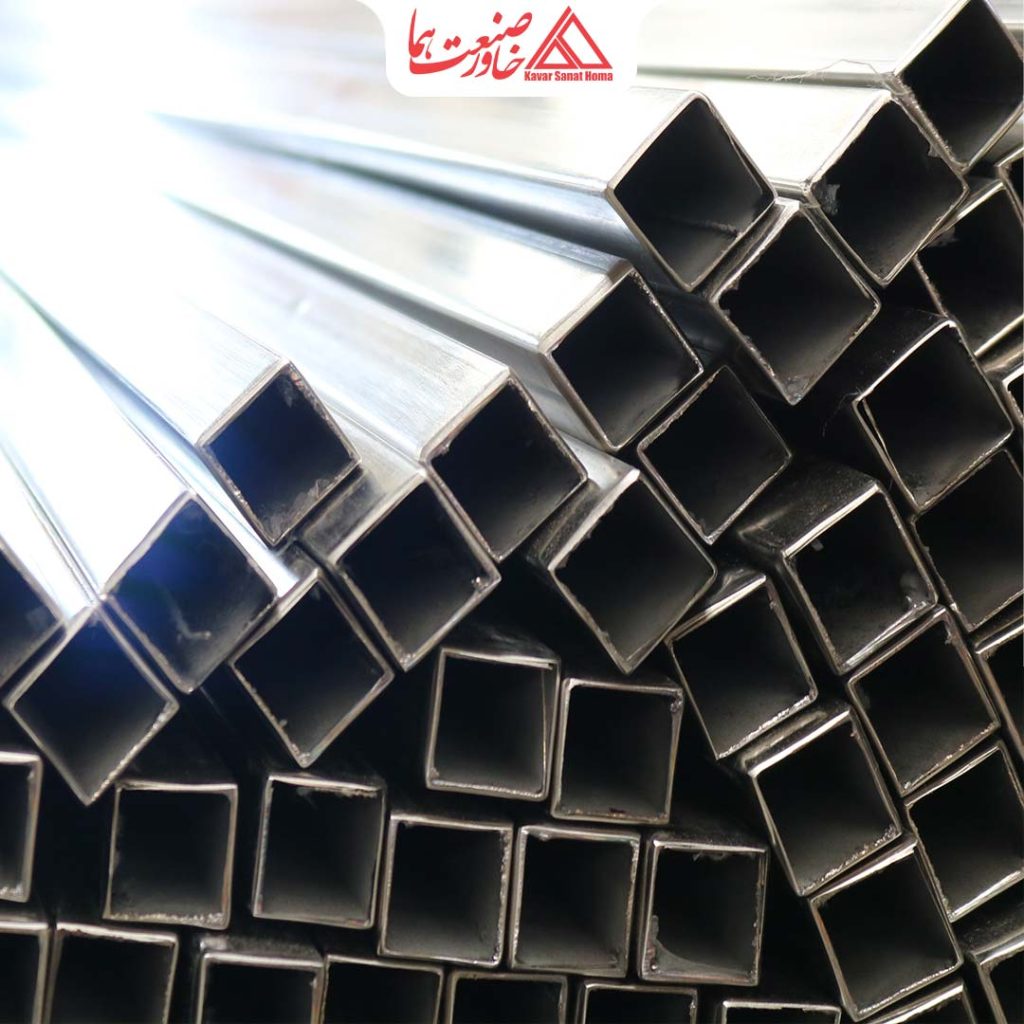Steel profiles gradually found their place in the industrial sector during the 1950s. Looking back at the history of steel profiles, one can clearly trace the influence of World War II in the widespread use of these materials. During that period, due to population growth and the beginning of a new era of modern life, the demand for steel profiles significantly increased.
In the same 1950s, steel profiles made their way from the United States to Europe, where they were also welcomed by engineers. Due to their low production costs and wide range of applications, steel profiles gained popularity among the general public. One of the earliest known uses of steel profiles in Europe dates back to 1980, when a bridge in Scotland was constructed using this product.
Initially, steel profiles were used exclusively in construction and architecture. However, over time, as engineers and industrial professionals worked more with the product and examined its characteristics, profiles began to be utilized in a wide range of industries — including the manufacturing of doors and windows, various types of guards and railings, roof coverings, shop shutters, bridge construction, automotive industries, military applications, and urban development.
Box sections (known as "Ghooti" in Persian) and profiles are both widely used across various industries — but are they actually different? In this article, we aim to explore the less obvious differences between box sections and profiles and take a step into the vast world of metals. So, stay with us as we delve deeper into this topic.
What is a profile?
To understand the difference between profile and box section, it is better to first know the meaning of profile. A profile refers to a set of long steel sections with a specific cross-section, such as rebar, beam, channel, angle, and gutter. The range and variety of profiles are so vast that their absence in the industry can never be imagined.
In general, profiles can be divided into two categories: open profiles and closed profiles. Open profiles include items like angles, channels, tees, and beams, which are used for load transfer and the construction of metal structures. Closed profiles include box sections, pipes, and window and door profiles, which are used in the construction of columns, beams, trusses, and doors and windows.
Therefore, it can be concluded that a box (قوطی) is also considered one type of profile (پروفیل) but has some differences with other profiles. Why do we say that the box is a subset of profiles? Because a box is a type of hollow metal section with a square or rectangular cross-section, produced from steel sheet through hot rolling or cold rolling processes. With this definition, a box can be classified within the profiles category. In the following, we will discuss the differences and similarities between these two steel sections.
What is a box?
A box is a four-sided steel section made from steel sheets. The shape of boxes can be either square or rectangular. Cold-rolled sheets are used to manufacture boxes. Boxes are a subset of profiles and belong to the category of closed profiles. These products come in various types, which... Furniture Tube, the most commonly used types are column and industrial boxes. The main application of boxes is in the construction of structures such as trusses, beams, and columns.
Similarities between steel box sections and steel profiles:
Similarities between steel profiles and tubes include that both are made of steel and are used in construction and industry. Most importantly, both can be customized, meaning they can be produced in different lengths and thicknesses.
Now that we've discussed the similarities between tubes and profiles, it's also good to look at their differences. The main difference between these two steel sections lies in their shapes. As mentioned before, tubes are either square or rectangular, whereas profiles are produced in various shapes such as U, I, H, and more.
Another difference between tubes and profiles lies in their manufacturing methods: tubes are usually produced by cold rolling, while profiles are made by hot rolling. Another distinction is their weight — tubes tend to be lighter due to their thinner walls compared to profiles, but on the other hand, profiles offer higher strength and durability.
Another reason for the greater strength of profiles compared to tubes is their geometric shape; profiles, due to their shape and greater thickness, are usually stronger than tubes. In welding and connections, tubes have the advantage because welding profiles is a more difficult process. As for the price, which steel section do you think tends to be more expensive? Generally, profiles tend to be priced higher than tubes in most cases.
Similarities and Differences Between Tubes and Profiles in Applications
In the previous section, the general similarities and differences between tubes and profiles were explained. Now, in this section, we want to delve deeper into the applications of these two steel sections and examine them more closely.
Tubes are mostly used in the following applications:
- Construction of columns, beams, and trusses.
- Manufacturing doors and windows.
- Manufacturing metal furniture.
- Manufacturing industrial equipment.
But as mentioned earlier, profiles have higher strength and are widely used as frameworks in the industry. Here are some of their applications:
- The metal framework of buildings, beams, trusses, columns, doors and windows, and generally the building’s skeleton.
- In industries such as bridge construction, industrial machinery, and warehouses.
- In the automotive sector, such as manufacturing bodies and chassis.
- In the decoration sector, such as making decorative items, shelves, and similar products.


To submit a comment, you need to log in or register.
Login and Registration